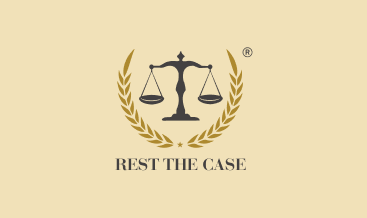
What Is Equity?
Equity is known as the owner’s equity for the companies that are held privately. It represents the money that will be returned to the shareholders of the company if all the assets are liquidated and all the debt of the company is paid off in case of liquidation. Equity is the value of sales of the company minus any liabilities that the company owes that is not transferred with the sale in case of an acquisition.
A shareholder’s equity also represents the book value of the company. Equity is also known as payment offered in kind and represents the ownership of a company's shares.
Equity is found on the balance sheet of the company and is the most common piece of data that is employed by the analysts to assess the financial health of the company.
POINTS TO REMEMBER
- Equity represents the monetary value that is returned to the shareholders if the assets are liquidated and the company's debts are paid off.
- Equity is referred to as a degree of the residual asset minus all the debts associated with the asset or ownership in a company.
- Equity represents the shareholder’s stakes in the company.
- Equity is calculated as the total assets of the company minus the total liabilities.
Formula and Calculation for Shareholder Equity
The calculation to determine the equity of a firm can be done using the following formula:
Shareholders’ Equity=Total Assets−Total Liabilities
Shareholder’s equity is expressed as the share capital of the company and the retained earnings deducting the value of treasury shares. The use of total assets and liabilities represents the financial health of the company.
Components of Shareholder Equity
Retained earnings are referred to the percentage of net earnings that aren’t paid to the shareholders as dividends but are a part of the shareholder equity. Retained earnings are the savings as it represents a cumulative total of profits that are saved and retained for future use. Over time the retained earnings grow larger because the company continues to invest a portion of the income.
Stock or treasury shares represent the stock of the company that it has bought back from the existing shareholders. Shares that are bought back by the companies become treasury shares,
Example of Shareholder Equity
Corporation's (XOM) balance sheet= September 30, 2018:
- Total assets= $354,628
- Total liabilities= $157,797
- Total equity= $196,831
Accounting equation: assets = liabilities + shareholder equity
Shareholder equity = $354,628, (total assets) - $157,797 (total liabilities) = $196,831.
What are the terms used to describe equity?
Other terms that are used to describe equity include book value, shareholders’ equity, and net asset value.
CONCLUSION
Equity is the value of sales of the company minus any liabilities that the company owes that is not transferred with the sale in case of an acquisition. A shareholder’s equity also represents the book value of the company.




